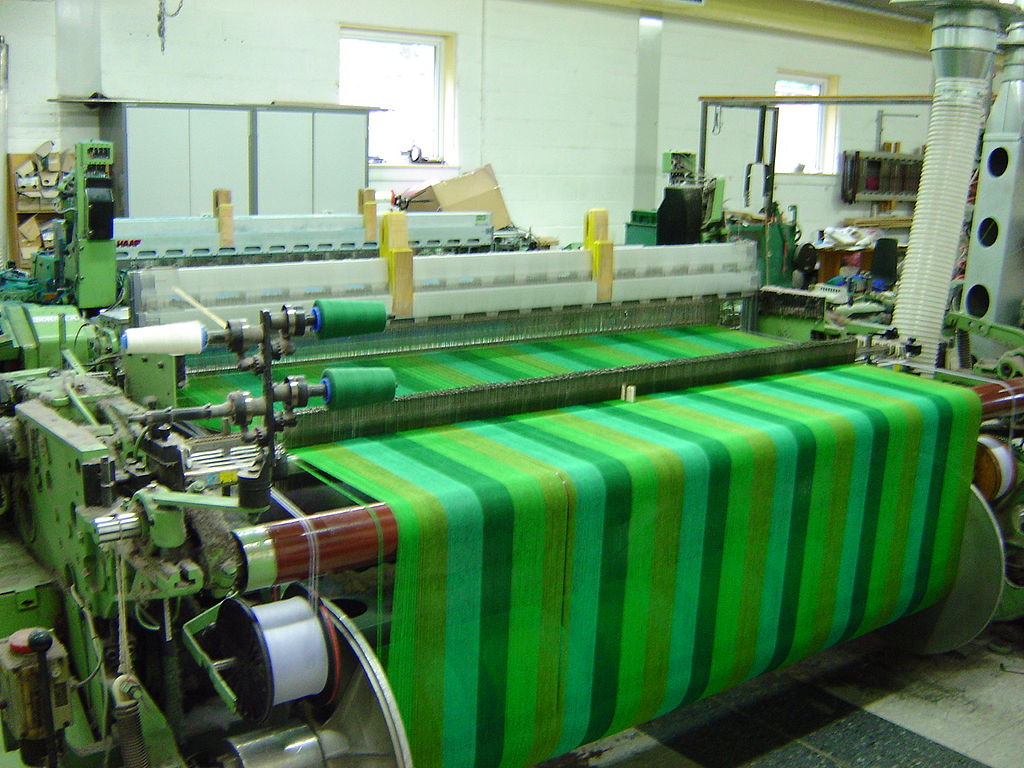When people became civilized then they invented clothes to cover their bodies. Clothes can be made in several ways like knitting, weaving, crochet, etc. Weaving is considered to be the most popular as well as the oldest method for making fabrics.
Weaving
By closely observing your clothes perhaps you can see various lines are systematically interlaced and run parallel. This is weaving where the yarns have been interwoven both horizontally as well as vertically.
What are looms?
To weave a cloth the devices that are used are known as a loom. A weaver selects different colours of threads to create a certain pattern on the cloth. Through these looms, various patterns are also formed in the cloth. There is a various classification of looms as follows:
- Conventional loom
- Plain loom
- Handloom
- Dobby loom
- Twill loom
- Jacquard loom
- Automatic loom
- Modern loom
- Rapier loom
- Missile loom
- Air jet loom
- Water jet loom
- Special loom
- Shuttle loom
- Shuttleless loom
There are a few rapier loom manufacturers available who supply looms to weavers to design different kinds of clothes. The following are the basic functions needed for weaving loom:
- Shedding
Shedding is a kind of process to create clothes. In this function, an open path is created both across as well as through the warp yarns. It is done by raising some of the warp threads with the help of their harnesses by leaving others down.
The filling warns will be inserted while the shed will remain open. Thereafter the shed will be changed that is decided by the pattern. There are 3 methods available to create a shed:
- Dobby shedding
- Cam shedding
- Jacquard shedding.
- Filling insertion
In the case of filling insertion, it will refer to the insertion of weft yarn into the warp shed. This is one of the oldest methods available for insertion and it is done with a shuttle. There are a few new methods also have been introduced and they are:
- Projectile
- Rapier
- Air jet
- Water jet
- Beat-up
In this process, a motion is created that is called beat-up motion where the loom motion will try to push the weft yarn well into the fell of your cloth. The reed will try to move forward by using a force for pushing the filling into the fabric structure tightly after the pick will be inserted via the shed.
- Warp control
So far as warp control is concerned, it is the relationship between warp let-off which means releasing from the loom beam the warp yarn and then take-up of the fabric formed on the loom.
The warp yarn of the loom will determine the production rate, which is the rate at which your loom beam will turn and release. The rate of take-up will control the warp yarn amount pulled forward after the insertion of the pick, which is going to decide the number of picks/inch in the fabric.
It is essential that the let-off must be properly synchronized with the take-up for maintaining the proper warp tension.

